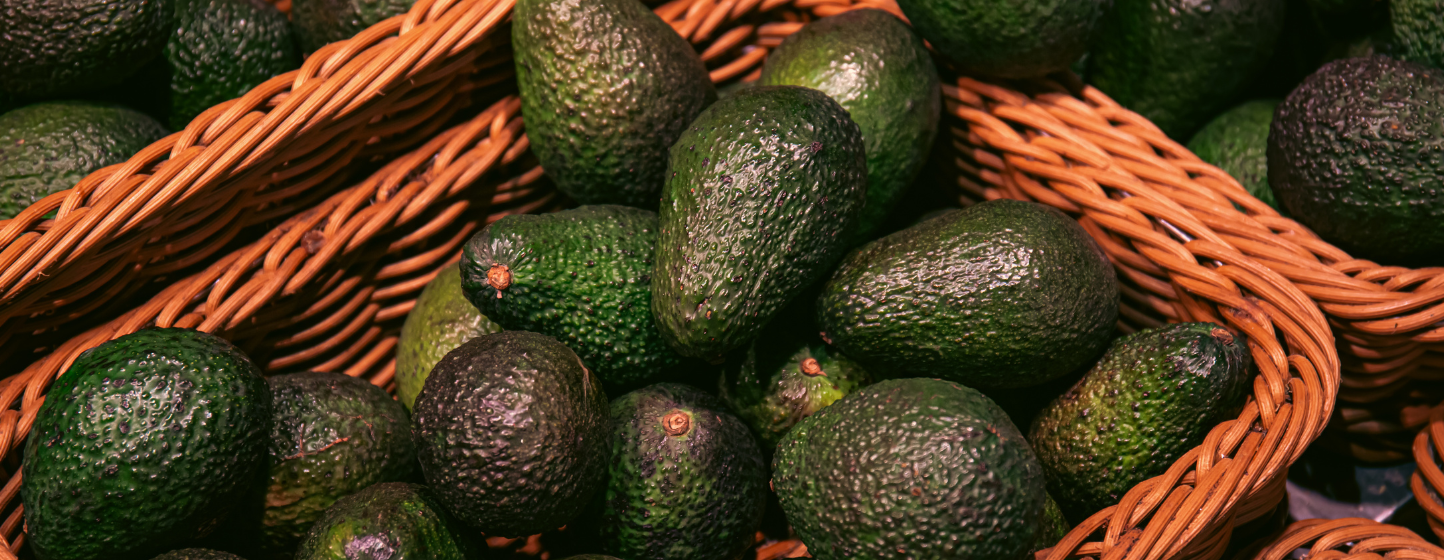
While estimates of the losses vary among industry professionals, the current challenge is to achieve a high proportion of large-sized fruits, which offer better commercial prospects. According to Abdelmoumen El Achkar, CEO of Ecomac, this goal is entirely achievable.
The producer reflected on the damage caused by last summer’s extreme weather: “The physiological fruit drop caused by intense heat was widespread. Estimates of losses vary from one producer to another, and no one can provide an exact national figure. Available assessments suggest a loss of 40 to 60% of the expected volume. In any case, I believe there will be fewer avocados than last season, although new areas have reached maturity this year. If we manage to harvest 70,000 to 80,000 tonnes nationwide, it will be a success.”
Conversely, fewer fruits on the trees mean larger calibers, which growers are now aiming for. “We expect sizes 12 to 20 to represent 70 to 80% of total production,” says El Achkar. “This is entirely possible given the low fruit density on the trees and the currently favorable weather conditions. This would also help offset volume losses, as small sizes (22 to 26) are difficult to market due to strong competition in that segment.”
Regarding the start of the harvest season, which has also been subject to speculation following the summer’s extreme conditions, El Achkar explains: “Reports of a delayed start are credible. I don’t think the export season for the Hass variety will begin before October 25, as was the case last year. That’s the earliest we can expect, and a delay remains very likely.”
The producer also announced his participation in Fruit Attraction in Madrid. “Beyond the production challenges, the commercial situation will also be complex, with significant market shifts and growing competition. We can say that the upcoming season will truly be a test, ” he concludes.

